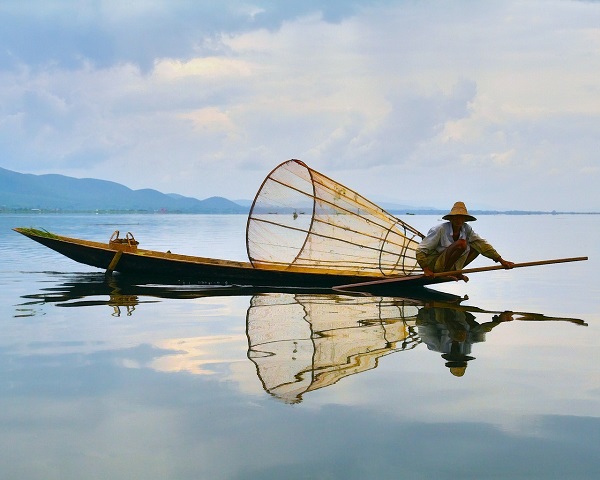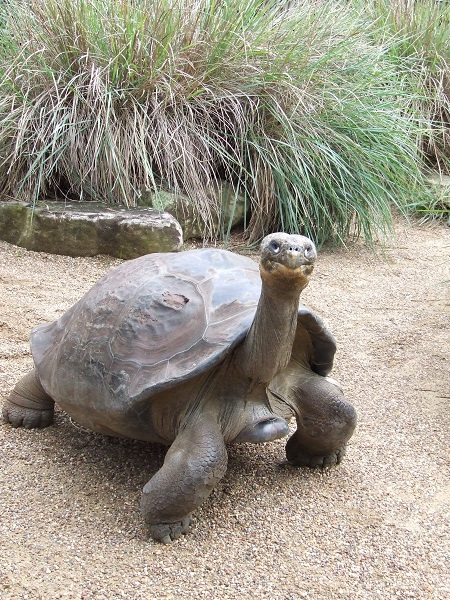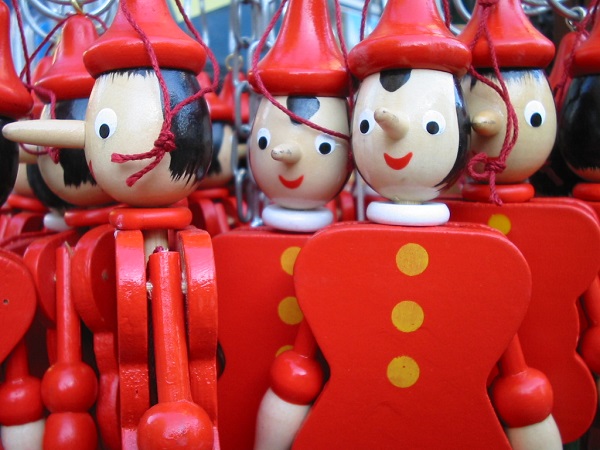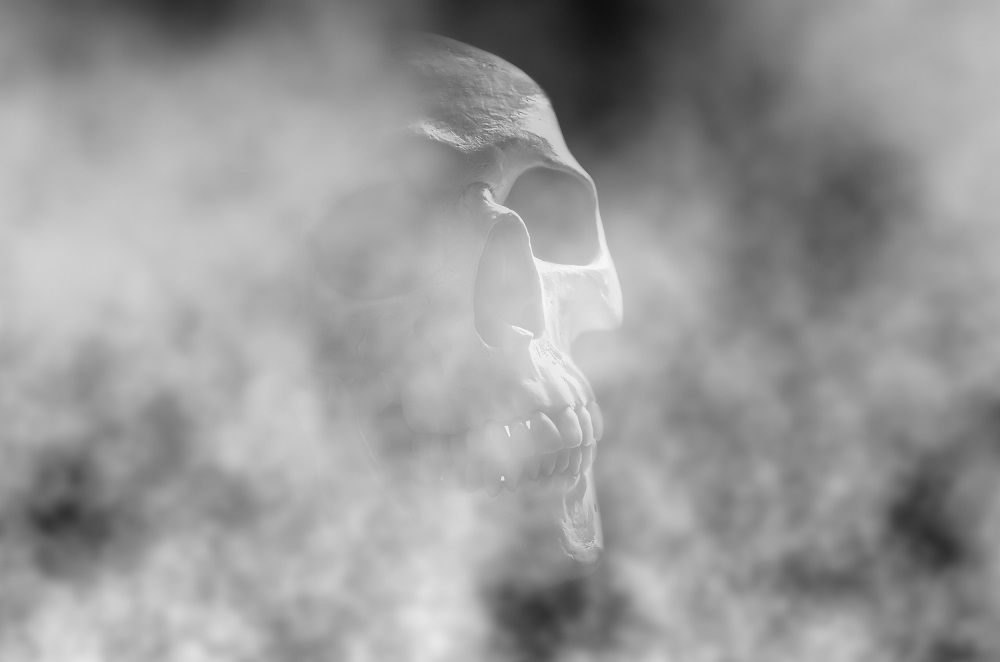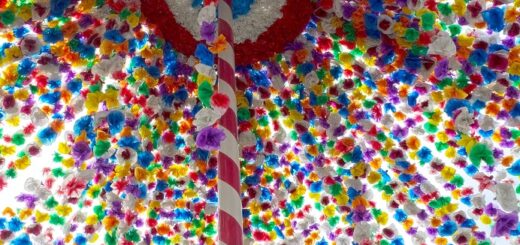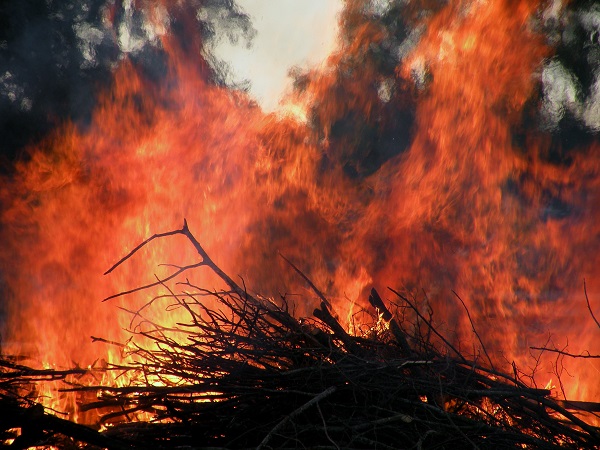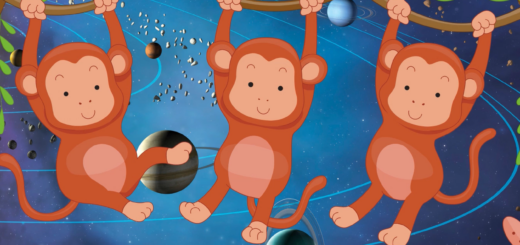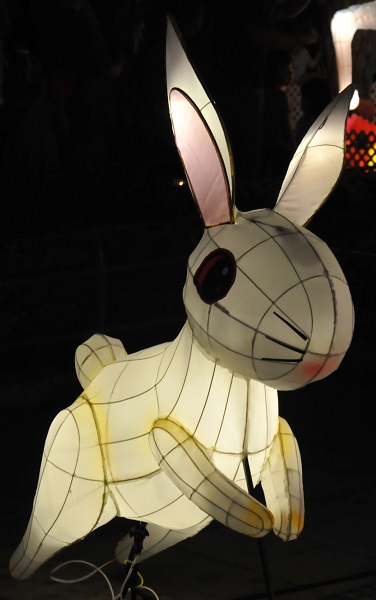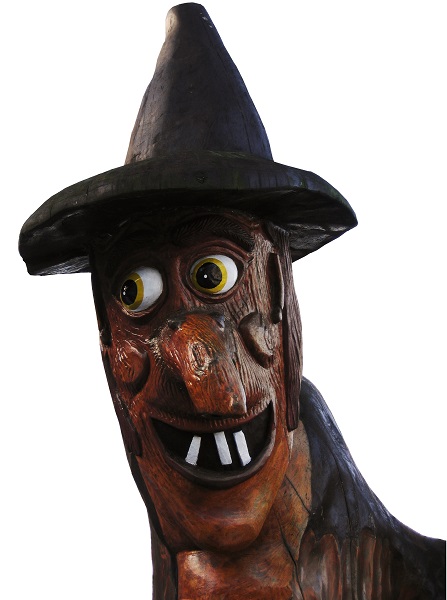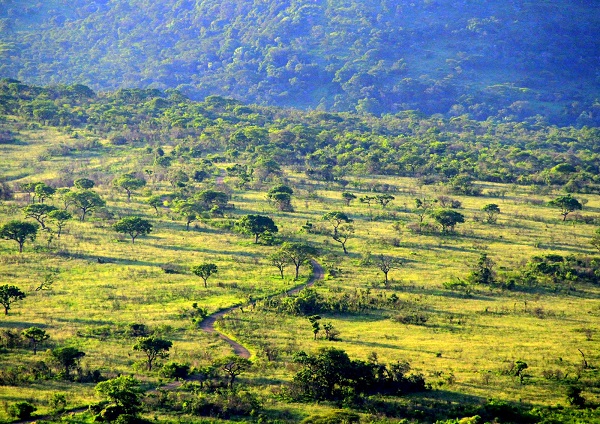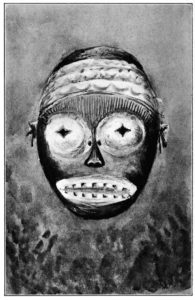THE FIRST KANGAROO (Australian Legends) by C. W. Peck

According to the inhabitants of the South-Eastern parts of the country-around the Monaro District, Mount Kosciusko, Goulburn, the Currockbilly Ranges, Mittagong, Burragorang and as far north as the Nepean River, there was a time when no kangaroos were in the land.
It is said by those people that the first kangaroo was borne to Australia upon the greatest wind that ever blew.
That wind came from the plains. It swept around the Macdonnell Range districts, whirling this way and that, careered back towards the north-western regions, across probably somewhere over Perth and Fremantle, swept over the Australian Bight, and finally blew out somewhere in Tasman’s Sea. During all this terrible wandering and blowing the first kangaroo had a weary time.
He could not land. He was blown before that aimless wind and was tossed up and down. In his endeavours to gain a foothold his hind legs stretched out, and if they had not grown long as they did, he would never have alighted except in the sea, where he would have been drowned.
The chief was searching out new country. His tribe had cleaned out the particular spot where they had rested for many months, and game had become scarce. So the chief put on the paint that brought good luck, and sallied out to find a new and prolific pasture. He had travelled very many days without seeing a place any better, and was about to return to his people. But the little native bee which gathered pollen from the wattle just before him attracted his attention, and as he watched it he saw it dive down to a pool that lay in the black soil at the foot of the flowering tree. The black cautiously bent down, and with that dexterity which he possessed in a remarkable degree, he clasped, as he bent over the drinking insect, its wings between the forefinger and thumb of his right hand. He carried the bee to where he had noticed a hornet’s nest, and detaching some of the cells of that, he moistened the substance, and stuck a little of it on the bee’s back. Then he searched about for a cotton bush, and soon found one. The pods were bursting and the white balls were ready to fall. He stuck some cotton on the wax and released the bee. The strange feeling and the strange load caused the little insect to make a “bee-line” for home, and it was no trouble for the black to follow and keep it in sight.
On and on he went, never looking down nor to the right nor to the left, but always up, following the flight of the bee.
However, he was destined not to see the nest. Up in the sky something arrested his sight, and at once he lost the bee.
Indeed, he forgot it.
The strangest mass of cloud he had ever seen was there. It was sepia coloured with black edges. It seethed and curled and split. It billowed and curled and broke-and frayed out. Long spirals of lighter colour worked wonderful patterns against the brown, but drawing out and contracting, waving like giant battle-plane streamers, now straight as spears, now bent over like millions of boomerangs, now detaching, then adhering; the awe-striking masses of vapour came On from the west. Big rocks were tumbling there. Huge walls built up and tottered over and tumbled and crashed. Giant forests were born and waved in a giant storm and were felled. And with all that turmoil of vapour up aloft, the earth below was calm and serene. It faced an inevitable, and that inevitable was a catastrophe.
Suddenly it grew dark.
A night in the daytime descended in a second, blotting out everything. But in the heavens a wondrous light appeared. Long streams of liquid fire started from the south, and shot sheer across the heavens from pole to pole. They waved from west to east. Red and yellow, purple and brown, pink and grey, golden and black, white and pale green. All these colours in long straight fingers stretched from pole to pole, waved and crossed, and passed away towards the east. The unfortunate black man had never seen such a sight.
But he had heard of it.
It seemed to him that perhaps once in a lifetime a man was privileged to see such a thing. He cowered before it.
Then came the tornado. With the wind the lights waved out and the clouds passed, and the night (for it was really night then) showed starlight and clear.
But the wind roared on. Just above the trees a dull black shape passed over. It had long legs that hung down and clawed. The claws were not far above the black man’s head. It was distinctly an animal. He could see the body and the neck, the head, the ears and the eyes, but in a few minutes it was gone.
Somewhere he seemed to know that it was food to eat. So he took heart. He really believed it was sent by the great spirit, for he was painted with the signs, and he was meat-hungry, and he was out, not on his own behalf, but searching for food for his people.
So he lay down to sleep, believing that in the morning he would find meat.
All night the wind blew. It was still blowing in the morning.
And he was so sure that it was to bring him some good thing that he moved not a yard.
The bees were again in the wattles. But he watched for the other creature.
It came.
It floated as before, being borne on the wind. The long legs still dangled and clawed. The black man followed. It led him an awful trip, but at last be saw it catch its claws in a tree-top and the wind passed over it and it fell. But like a flash it was up on its feet, and with great hops on those long legs it bounded through the bush and was lost to sight.
The chief returned. He retraced his steps. There were bees and birds, and there were many ferns which gave succulent roots. And seed-bearing grasses abounded. So to there the tribe moved their camp and they stayed for many a day. Now and then they sighted the new animal that had made its legs grow long by endeavouring to grasp the earth, but it was a very long time before it was speared. It must have caused a mate to come from somewhere, because the speared one proved to be young and others were seen. The flesh was good and the skin was covered with very warm fur.
Years afterwards someone found out how to tan it. The red blood-like kino of the bloodwood tree was soaked in water to dye the fur. A woman had wanted it dyed. The skin was allowed to be immersed in this coloured water for some days, and when it was removed not only was the fur dyed red, but the skin itself was changed. It was more serviceable. So ever afterwards those blacks soaked all their animal skins in a solution of this gum, and thus they tanned them.
Everyone had seen the aerial wonder, and they believed their chief had been answered by the Great Spirit and the kangaroo was sent from over the seas to succour them.
If you liked this story, leave me a comment down below. Join our Facebook community. And don’t forget to Subscribe!

